〽️Service Stats & Updates
As of Monday July 21, 2025...
14,484 samples analyzed
Serving 175 harm reduction programs
Reaching 263 counties in 43 states
442 unique substances identified
📦 Service Updates
Important announcements for orgs using our drug checking service.
- If you are dumping test strip water into our vials, we need to know because we need to adjust lab methods methods to remove the water before loading it on the GCMS. New card version will have a yes/no question for added water.
- Starting in late August we will be shipping Version 10 of our card. We added medetomidine as an expected drug and test strip results. Even though differentiating between stimulant and opioid overdose was a community-requested feature in Version 9, we find that the box on overdose detail is much less likely to filled out when stimulant/opioid is included as options. Many time people just don't know what was ingested and would rather not guess. So we reverted back to the way we asked it in Version 8.
- We will be moving to a faster, more reliable, and secure method for delivering drug checking datasets result soon. If you are using GitHub to pull data CSVs – we need to hear from you now. Email us: opioiddatalab@unc.edu. Also, unless we hear from y'all otherwise, we will likely discontinue Stata, SAS, and Excel versions of results files, instead CSV is the universal format that can be imported into any stats software or data viz platform.
- We know most of you expect to receive a monthly invoice or statement. Please bare with us. Next month everyone will start receiving combined invoices for the months of May-July.If your program requires them to be separated please email us at opioiddatalab@unc.edu as well!
NOW ONTO THE FUN STUFF!!!
⛓️ Overdose Chain of Survival

On the research front, Dr. Nab and Dr. Adams worked with colleague Arne Skulberg and others to publish a commentary in Resuscitation Plus proposing a novel "Overdose Chain of Survival" framework. This six-link model addresses critical gaps in overdose care by integrating immediate emergency response with long-term recovery and prevention strategies. The framework encompasses prevention, recognition and emergency activation, basic first aid, emergency treatment, post-overdose care, and recovery with secondary prevention. The Chain of Survival framework recognizes that overdose response involves more than just naloxone and emphasizes the importance of continuity between acute care and sustained support when people who experience overdose return to their communities.
😣 Algorithms That Suck
If you don't like the idea of having algorithms dictate your medical care, here is a patient advocacy group pushing back via a brave and blistering Citizens Petition to FDA about super-secretive NarxCare. (Medscape summary.) Public comments blew this up with over 1,200 individuals in support of oversight and regulation of this algorithm as medical software. Pain patients, people on Suboxone or ADHD meds, pay attention. This excellent new article [open access] by friend-of-our-program Dr. Kelly Knight is a damning exposé. FDA hasn't public made a decision on the petition, and time for comments has been extended. Here's where you can comment directly.
⚖️ Paradox of Prohibition Graphics
DPA worked with the talented graphic designer Rio Holiday to help explain these two concepts that comes up in in our harm reduction work. You can find more info about this amazing designer here.
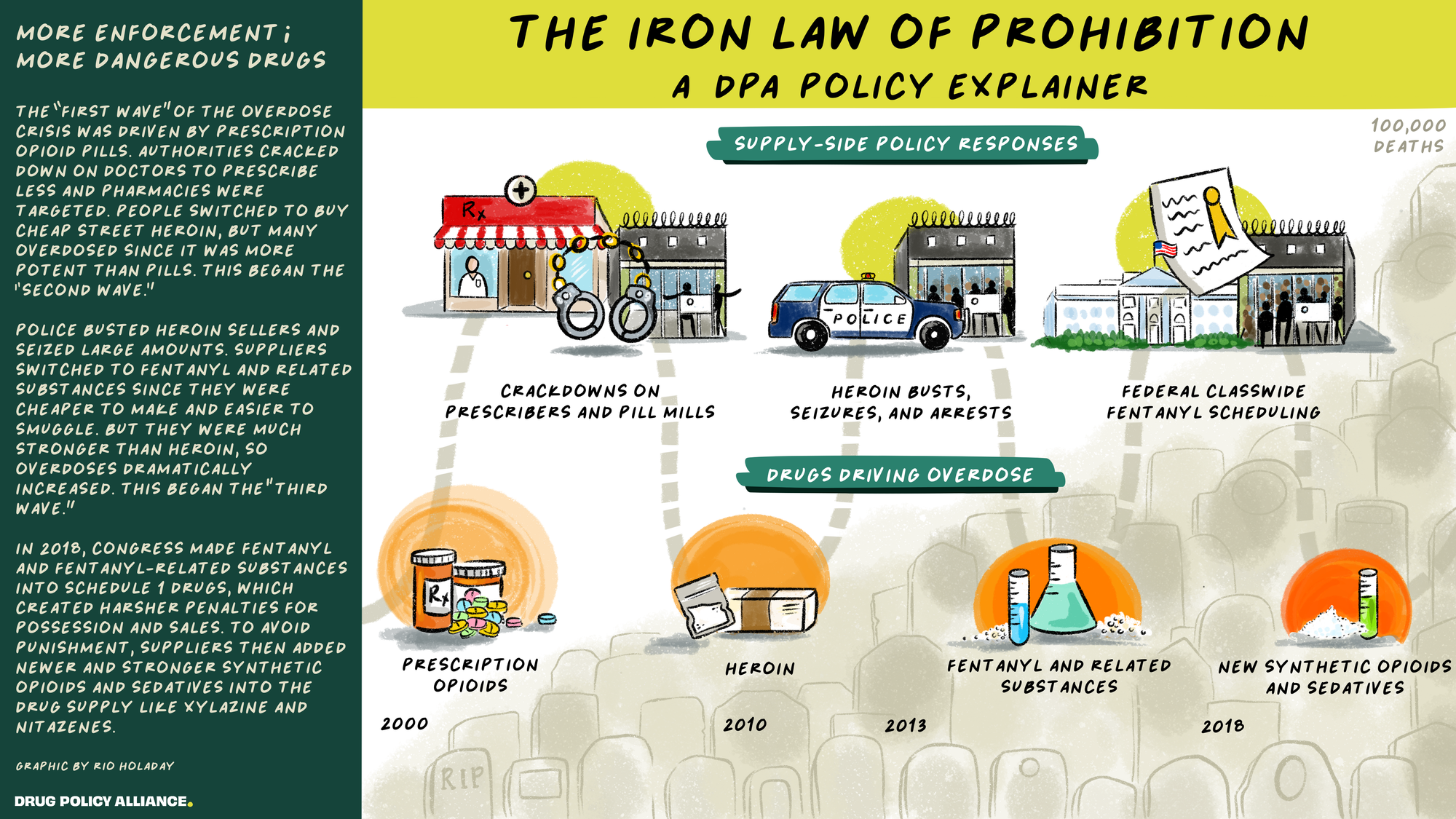
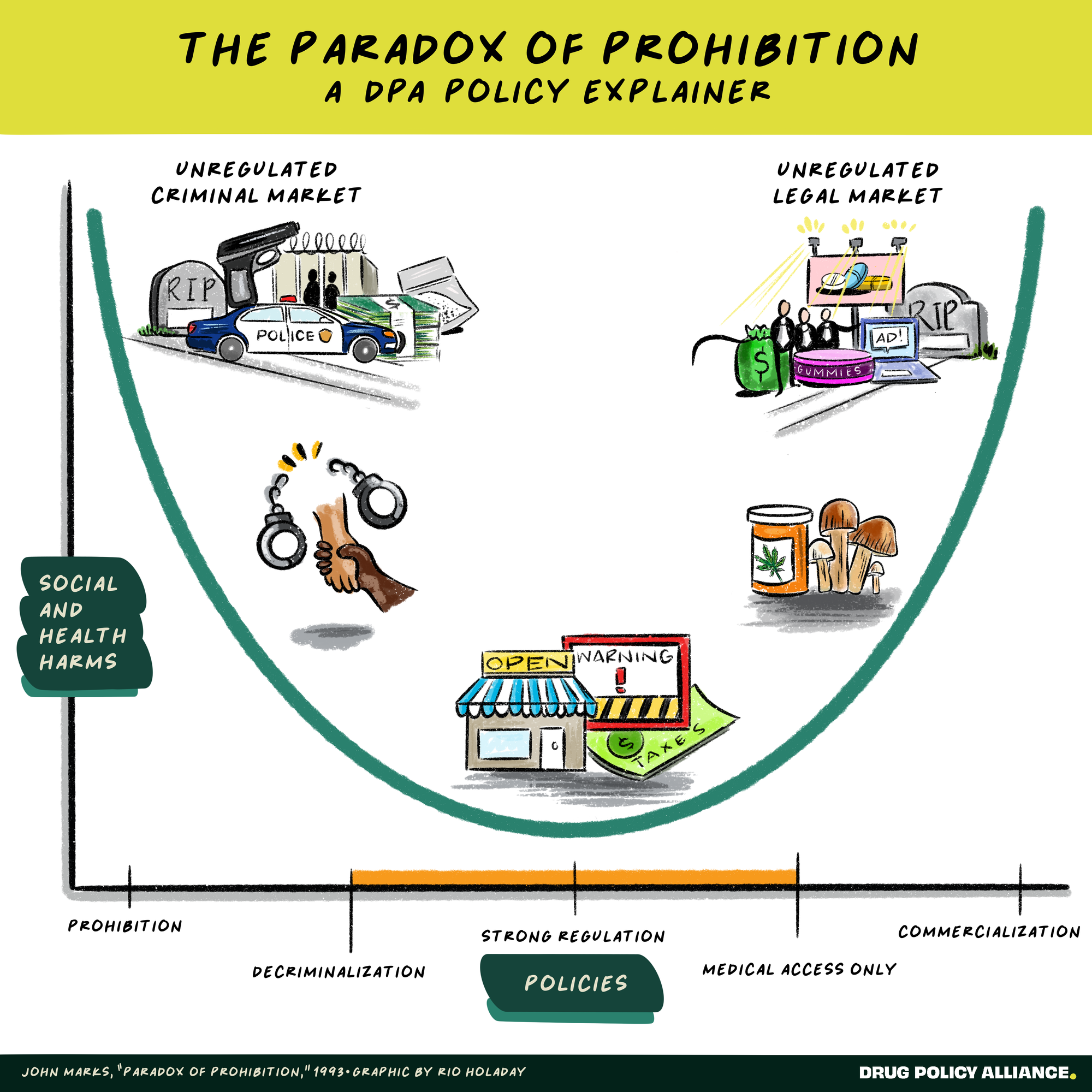
Did someone forward you this email newsletter? Sign up to get it in your inbox free.
📉 Department of Data
To keep the newsletter short and sweet, we’re moving full data breakdown to a separate post — perfect for all you data lovers who want to dive deeper. You can always click the link to explore the full details, and we’ll continue sharing a quick summary right here. As always, we welcome your feedback as we work to keep things informative, engaging, and easy to read! Four data stories below.
What’s actually in the new HALT Fentanyl Act — and how will it impact the street drug supply? The legislation introduces a confusing new category of “fentanyl-related substances,” many of which may not even be dangerous. We dug into our drug checking data to see what’s really showing up — and what might come next.
 Opioid Data LabNabarun Dasgupta
Opioid Data LabNabarun Dasgupta
Second, we want to flag a potential major change in the opioid markets that took effect on July 1, 2025. (We've been tracking nitazenes for awhile.) The Chinese national government finally enacted new enforcement against all nitazenes, based on agreements reached last year. Despite the problematic language in this news notice, it’s worth understanding the implications. This a good background read from the Brookings Institute on the international supply chain. Nitazenes have emerged in the United Kingdom, and in places like Tenneessee. Combined with the HALT Fentanyl Act, the synthetic opioid supply is poised to undergo major changes in the coming 6 months. We've set up this prospective tracker to automatically monitor changes in nitazenes in our data. If you have other metrics we should consider, please reach out.
(HT: Ben Westhoff’s Substack for reminding us this was going into effect.)
Next, the spate of non-fatal overdoses in Baltimore earlier this month caught headlines. One of the new substances involved is N-methylclonazepam. Not much is known about its effects on humans. We haven't seen it in our samples yet, but this is not entirely surprising given how firmly entrenched bromazolam and other benzodiazepines are in some parts of the country. Like the graphic above correctly points out, the current "wave" of street drugs is one where non-opioid sedatives are becoming increasingly dominant.
Finally, a reminder that CDC NVSS national predicted overdose numbers are expected to be artificially high for January and February 2025. Beyond March, the equations used in prediction will show a steeper decline. Because of this untimely change to the prediction algorithm, we are not updating our overdose numbers until at least March data are released and the predictions can be properly vetted.
👋 Meet our Team Members
Each month will feature different team members 😊

Mabeki Mvuendy
First-year MPH student at UNC Gillings and doing his practicum with the lab! Read more about his work below!
Hi everyone! The main deliverable for my practicum is to create an accessible educational communications package that presents information regarding harm reduction services (particularly drug checking) to people who use drugs. A key aspect of advancing public health is to bridge any knowledge gap between public health professionals and the community we intend to serve, so I’m glad I can apply and improve on such a valuable skill.Additionally, I have had the opportunity to learn more about harm reduction through the resources that the team at the lab have provided and through interviews I’ve conducted with some community organizations. Gaining insight about those who are most vulnerable to fluctuations in the drug supply, unexpected adulterants, and the racialization of drugs reminds me that accessibility, equity, and compassion are necessary to achieving successful outcomes as it relates to the drug crisis.
-Mabeki ⭐
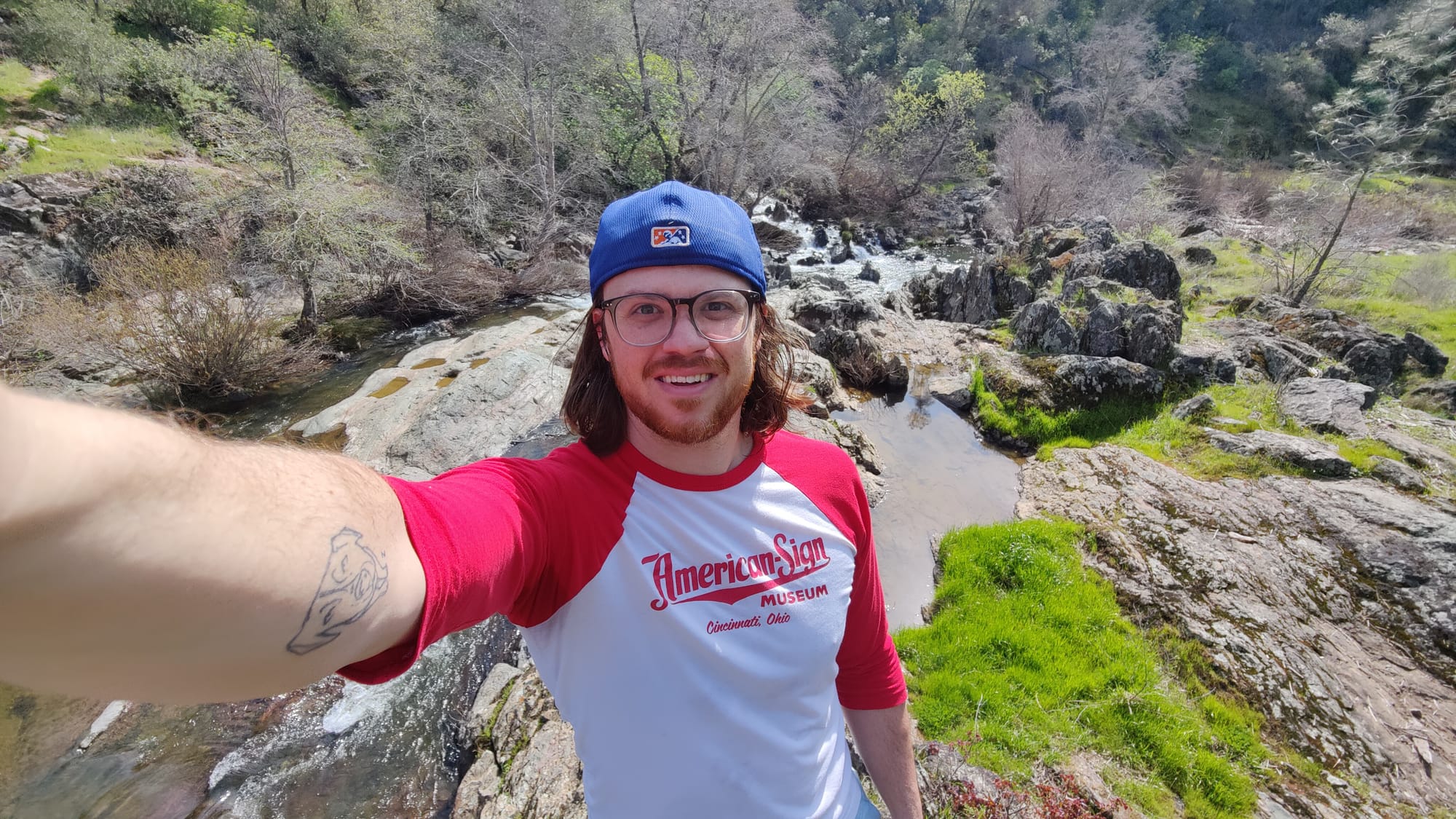
Congratulations to our very own Adams Sibley!
Adams received the 2025 Graduate School Dean's Distinguished Dissertation Award for Social Sciences! Read more about his dissertation and work here!
👋🏾 Team Departures
This summer, we said goodbye to two wonderful team members, Natalie Sutton and Colin Miller, as they moved on to other opportunities. We’re incredibly grateful for their dedication, hard work, and the heart they brought to our program. Their impact will be felt for a long time, and we wish them all the best in what’s ahead. Thank you, Natalie and Colin! 🫶🏽
🥼 Lab Visits!
In June we had the pleasure of hosting harm reduction workers and advocates from the Triad! Individuals came from Guilford, Forsyth, and Surry!
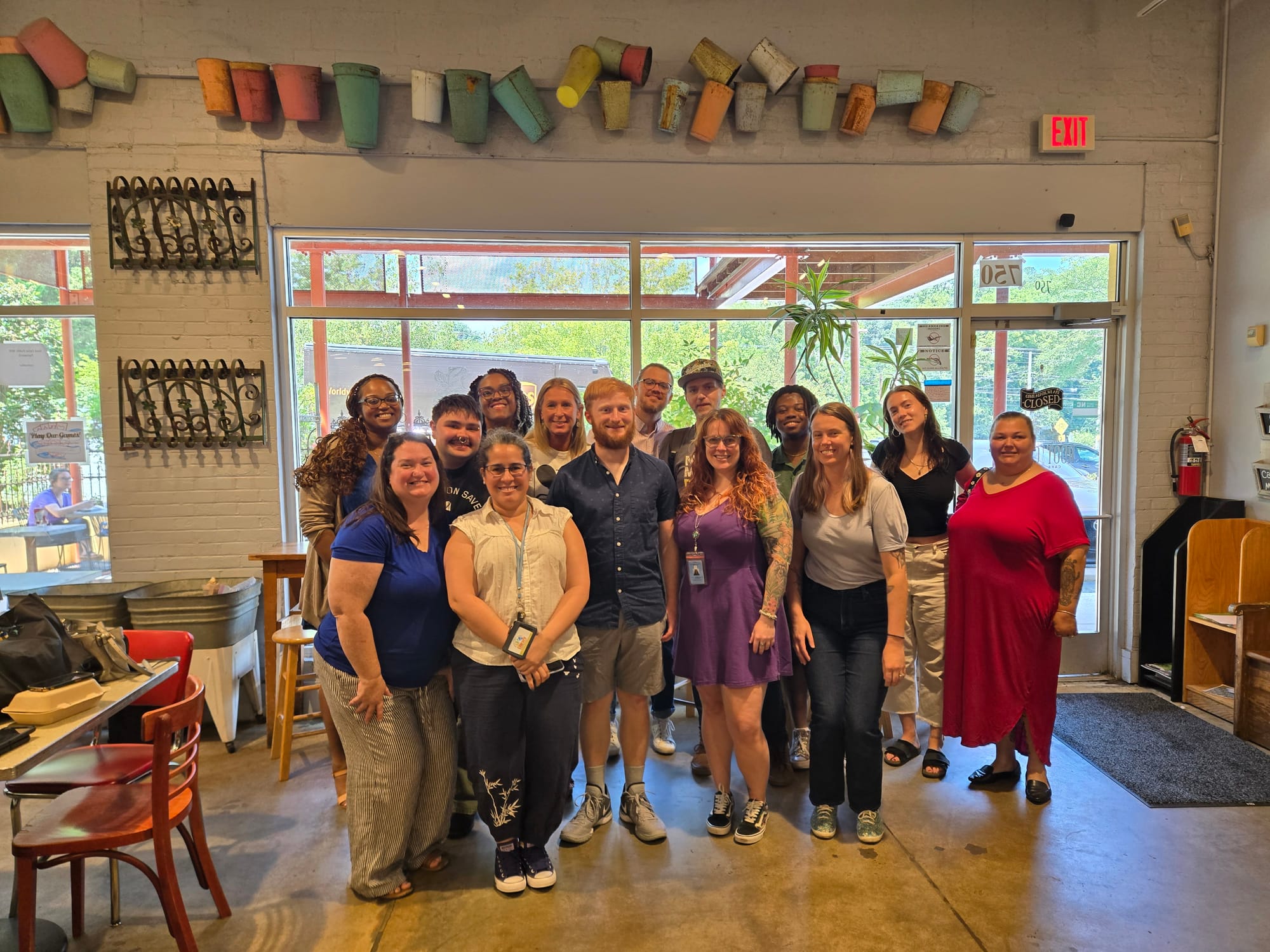
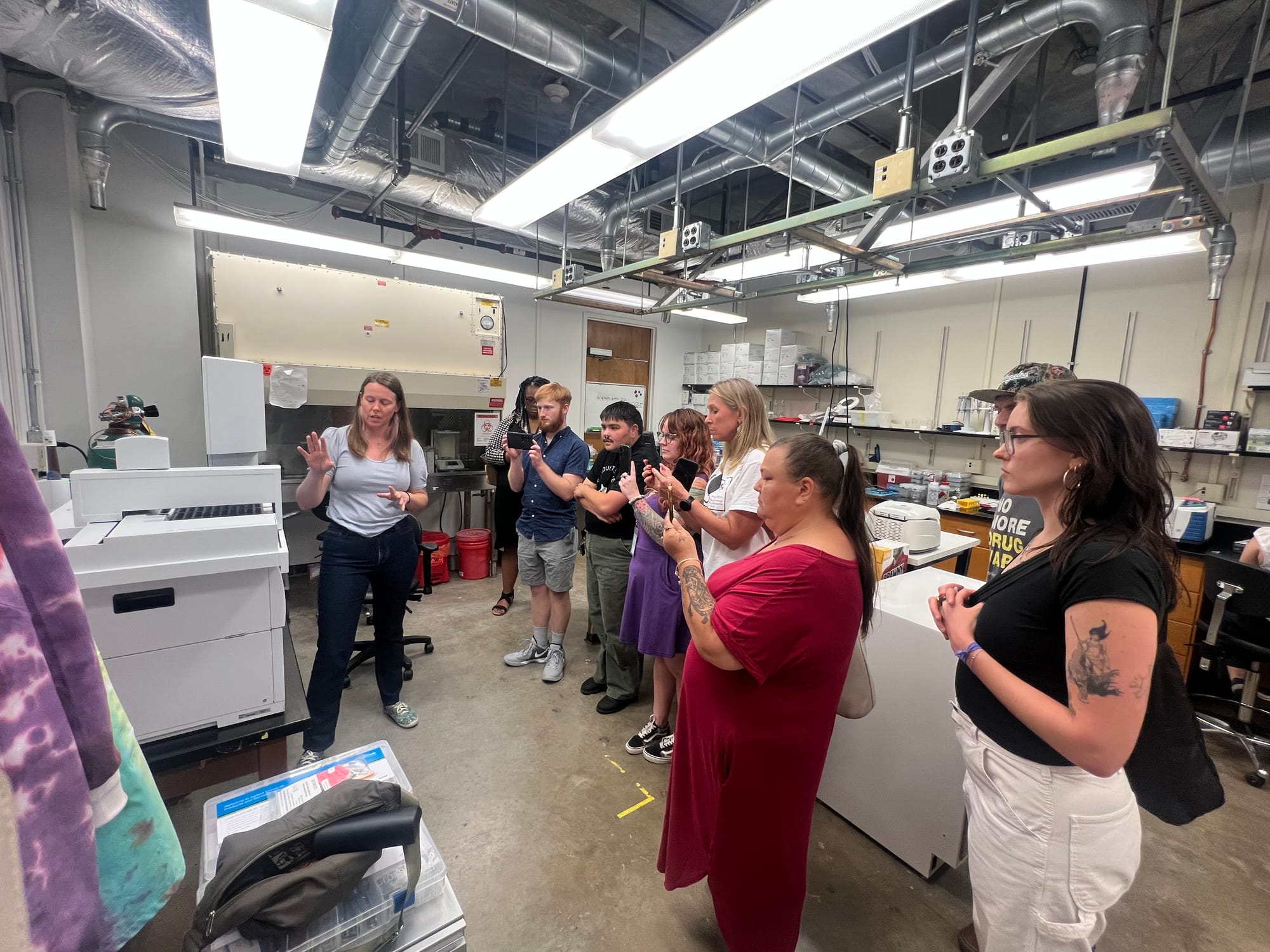
Thanks to Amanda Clark, Gloria Brown, Guilford County Drug and Injury Prevention, Mark Yarnall, Guilford Overdose Prevention & Education Collective, Jim Albright, Guilford County EMS, Oliver Sugiyama, GCSTOP, Mary Houser, Greensboro Law Enforcement Assisted Diversion, Melissa Goyen, Foundations Health High Point, Wendy Odum, Birches Foundation (Surry County), Annie Vasquez, and Hannah Phillips, Forsyth County Behavioral Health 😄
🤗 Opportunities for Impact
Job postings, conferences, proposals, and other events for you harm reduction baddies! If you have a job posting or event you'd like us to highlight, please be in touch.
NC First Lady's Campaign: Unshame NC! See more about it here.
NCCU and NCCHCA Medication for Opioid Use Disorder Conference-September 4, 2025
SMART's newest handbook has been released! It's now fully supportive of harm reduction goals, without condition. You can read a longer description of the 4th edition here. They have also updated a self-paced online training for facilitators to help them be more inclusive.
Trillium Re-entry Simulation - Warren County NC. Fun, free, engaging, and eye opening. Join them August 5th.
National Black Harm Reduction Network is hosting a discussion on drug checking, a harm reduction strategy gaining momentum nationwide. Black communities continue to face the highest overdose rates, yet drug-checking remains largely unavailable in our neighborhoods. It’s time to change that. Join them to explore what it could look like to bring this lifesaving service to your community, learn about funding options, and discover where to turn for support. Let’s build harm reduction programs that truly meet our needs. This dialogue is part of a broader movement to ensure Black people have access to life-saving tools and culturally grounded public health solutions.
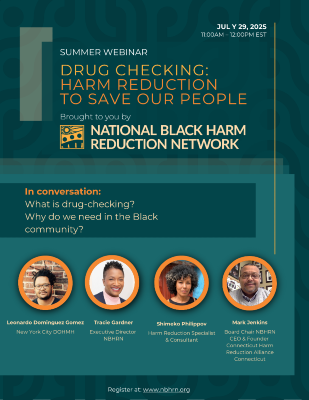
📖 Reading Room
A place for things that taught us something new and maybe you will learn something too!
50 Years of The War on (Some) Drugs
In this moment, the major changes in the drug supply, treatment landscape, and overdose rates can leave our heads spinning. This essay by Brendan Saloner, Sachini Bandara, and Alene Kennedy-Hendricks at Johns Hopkins can help. They lay out an excellent framework for understanding why US drug policy seems stuck.[open access]
Stable, But Weak: Fifty Years of U.S. Illicit Drug Policy from Nixon to Trump and Beyond
JAMA Network: The Rapid Spread of a Novel Adulterant in the US Illicit Drug Supply—BTMPS, David T. Zhu, et. al. 2025
KFF News: Who’s Policing Opioid Settlement Spending? A Crowdsourced Database Might Help.
Science Direct: Another carfentanil fatal outbreak in Florida? Chris Delcher, et. al, 2025
National Library of Medicine: Early estimates of awareness and uptake of over-the-counter naloxone, Mireille Jacobson, David Powell, 2025.
Manhattan Institute: A new Manhattan Institute report by Jonathan P. Caulkins and Bishu Giri of Carnegie Mellon University finds that nearly all large federal fentanyl seizures occur along the southernwestern US border with Mexico. From 2013 to 2024, 99% of pills and 97% of powder-form fentanyl in those large seizures near land borders came from the south. In total, 32 times more powder and 78 times more pills were seized at the border with Mexico compared to the border with Canada.
The Guardian: Ayahuasca tourism’ is a blight on Indigenous peoples and our environment.
WWAY3 News: Overdose deaths down sharply in the US. local advocates say work remains.
✈️ Out and About
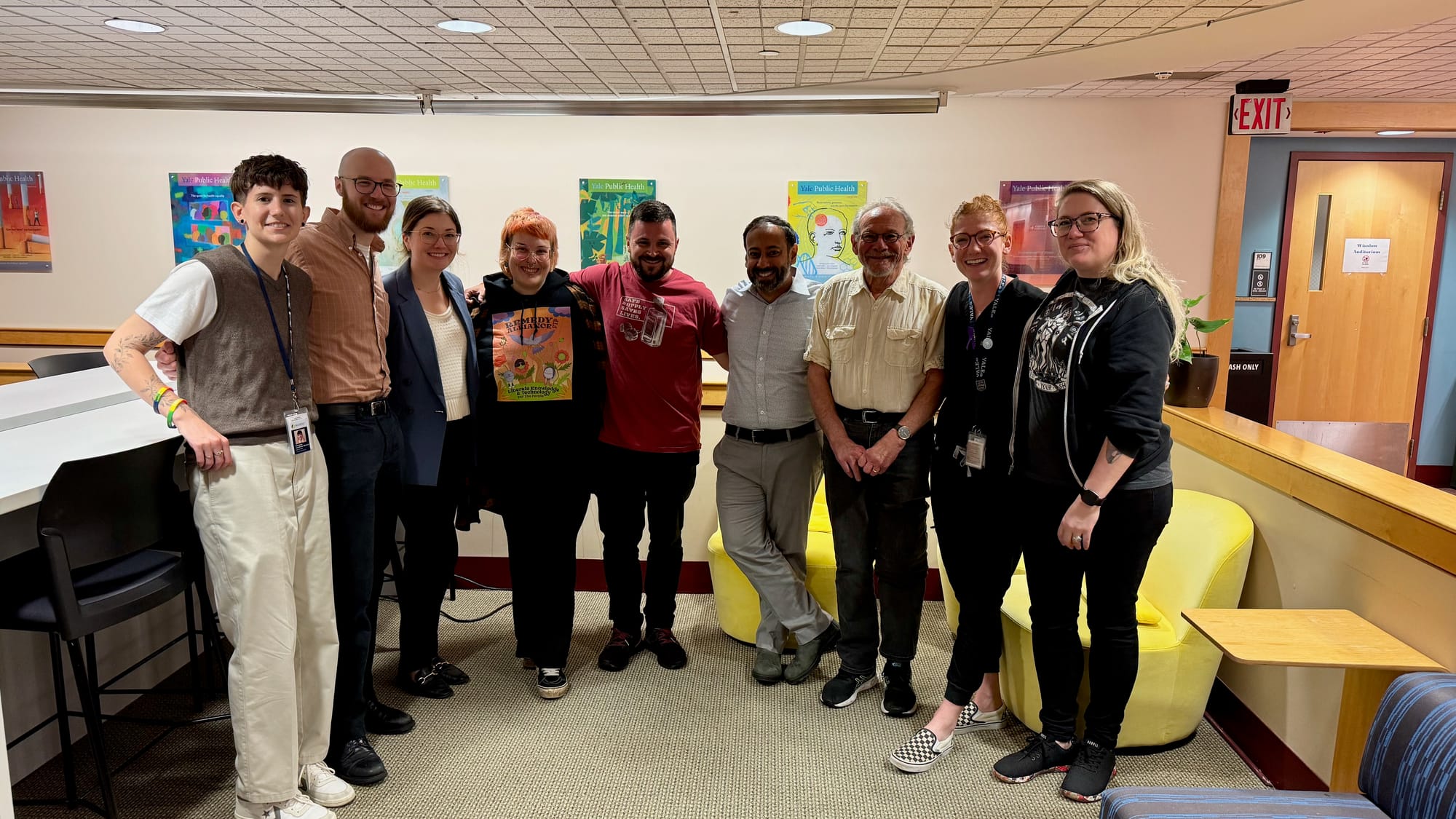

Like what you're reading?
Get this newsletter in you inbox.
No spam. Always free. Unsubscribe anytime.


